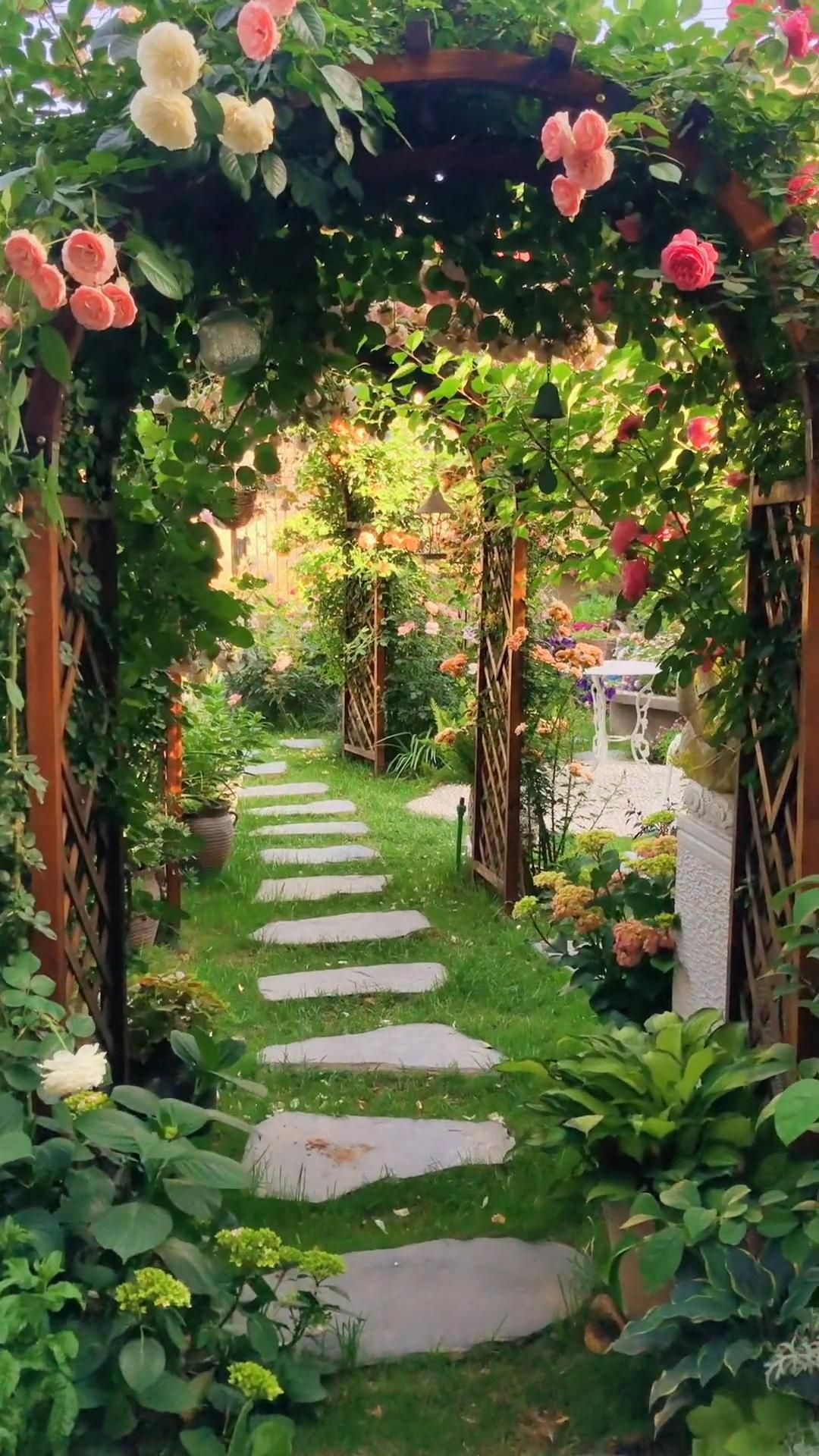Creating a sustainable home garden for all seasons is an excellent way to reduce your carbon footprint, save money on groceries, and have fresh, organic produce at your fingertips year-round. With a little planning and effort, you can create a garden that thrives in all types of weather and provides you with a bounty of fruits, vegetables, herbs, and flowers throughout the year.
To create a sustainable garden that can withstand all seasons, it’s essential to consider the following factors:
1. Choose the right plants: Selecting plants that are well-suited to your climate and soil conditions is crucial for a successful year-round garden. Research which fruits, vegetables, herbs, and flowers thrive in your area and plant accordingly. Consider planting a mix of annuals and perennials to ensure a continuous harvest throughout the year.
2. Practice water conservation: Water is a precious resource, and it’s important to use it wisely in your garden. Install a rainwater collection system to capture runoff from your roof and use it to water your plants. Consider planting drought-tolerant varieties that require less water and mulch your garden beds to retain moisture and reduce evaporation.
3. Compost and recycle: Creating your compost is an easy and environmentally friendly way to reduce waste and improve the health of your soil. Compost kitchen scraps, yard waste, and other organic materials to create nutrient-rich soil for your garden. Recycle materials like old pots, containers, and plant stakes to reduce waste and save money on gardening supplies.
4. Practice organic gardening methods: Minimize the use of chemicals in your garden by opting for organic fertilizers, pesticides, and herbicides. Organic gardening not only promotes a healthy ecosystem in your garden but also protects beneficial insects, birds, and other wildlife.
5. Plan for all seasons: To ensure a continuous harvest throughout the year, plan your garden layout and planting schedule to account for seasonal changes. Plant a mix of cool-weather crops like lettuce, spinach, and peas in the spring and fall, and warm-weather crops like tomatoes, peppers, and cucumbers in the summer. Consider planting cover crops in the winter to protect and enrich your soil.
6. Provide habitat for beneficial insects: Encourage pollinators like bees and butterflies to visit your garden by planting a variety of flowers and herbs that attract them. Consider installing a bee hotel or butterfly house to provide shelter for these important pollinators.
Creating a sustainable home garden for all seasons takes time, effort, and careful planning, but the rewards are well worth it. Not only will you enjoy a bountiful harvest of fresh, organic produce year-round, but you’ll also be doing your part to protect the environment and promote biodiversity in your community. So roll up your sleeves, grab your gardening tools, and get ready to create a garden that sustains you and the planet for years to come.




















